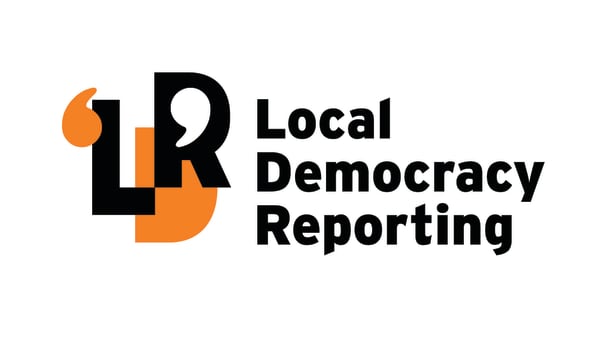The Government’s statistician says he is pleased with Census uptake in Tairāwhiti, despite the response rate being lower than the national average.
While the national uptake is estimated to be between 89 and 91 percent, Tairāwhiti came in at 82 percent, with 42,500 forms received this year.
That marked an increase of 4 percentage points for the region, compared to the last Census in 2018.
Stats NZ chief executive and government statistician Mark Sowden said it was a good outcome considering many residents were recovering from the cyclone and had “far more important things on their mind”.
“We’re very happy with how things have gone, both nationally and in Gisborne,” Sowden said.
“We’ll be able to deliver a pretty good both pre- and post-cyclone impression of the population which will help with all of the recovery planning.”
Sowden said the delivery of those packages would be aided by including data from both the district council and iwi.
In terms of Māori uptake of the Census, Sowden said the numbers were “a little bit disappointing”, but reflected the differential across the whole country.
In Tairāwhiti, 74 percent of Māori participated in this year’s Census, which was the same as the overall rate for New Zealand.
“We have trouble connecting with lower- income populations than Māori per se. It just so happens that Māori make up a disproportionate number of lower income people.”
There were a number of reasons why those in the lower-income bracket were reluctant to do the Census he said, including finding time around busy and challenging lives.
Some worked multiple jobs and couldn’t find the time, while others were put off by poor experiences with the government, and were suspicious about how the data might be used.
But he also indicated change was afoot, that would change how the Census looks in five years.
Using admin data — which was information people provided the government through channels including taxes, signing up for the benefit or registering a motor vehicle — Stats NZ hoped to provide robust population counts on a more regular basis without relying on people filling out forms.
Updated population counts were already conducted between Censuses using this method, but didn’t have the same standing as official statistics, he said.
“We want to put that rigour right around it so that it can become an official statistic.
“By Census 2028, we want to replace the full numeration Census with that.”







0 comment
JOIN THE CONVERSATION
Read and post comments with a
Newsroom Pro subscription.
Subscribe now to start a free
28-day trial.